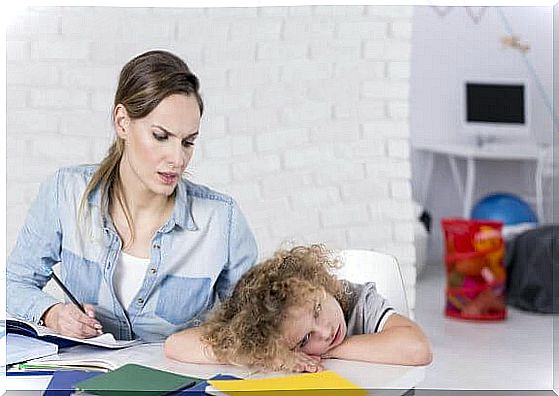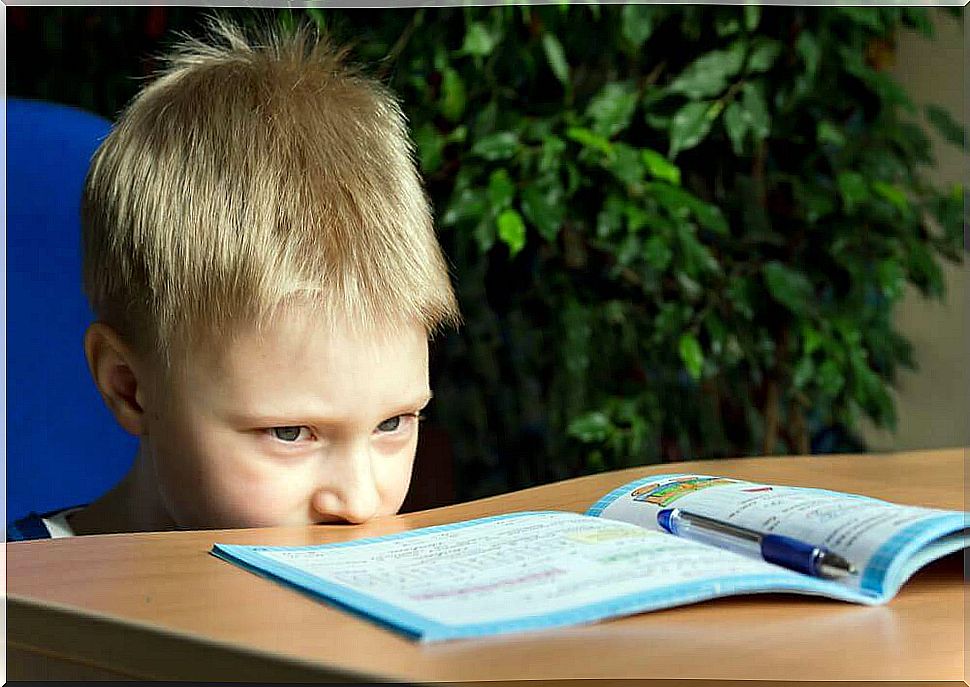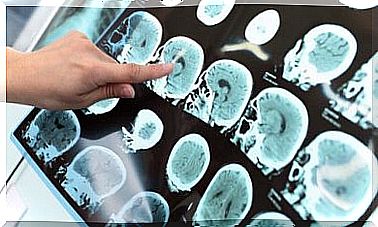Attention Disorder In Children: How To Detect It In Time?
Children with attention deficit disorder often have difficulty concentrating and learning. As a result, their school environment is affected, as are their personal relationships.

Attention deficit disorder in children is one of the most worrying causes for parents. However, due to its complexity, it is difficult to make an accurate diagnosis during its first manifestations.
A child with ADHD (Attention Deficit Hyperactivity Disorder) has more difficulty concentrating or staying still than another child. They also acquire impulsive behaviors and find it difficult to establish personal relationships in school, family and social environments.
This syndrome is usually diagnosed at age 7, but many of its symptoms are often visible earlier. The problem is that between the ages of 4 and 6 it is more difficult to recognize, as the symptoms can hardly be differentiated from the typical behavior of young children.
Despite this, it is essential to be informed, since its first manifestations allow to start the realization of a follow-up. Below, we present its main causes and the signals that facilitate its detection. Discover them!
Causes of Attention Deficit Disorder in Children

It is not known for sure what causes attention deficit disorder in children. However, genetic, neurological and environmental factors are believed to be involved in its development. To be more specific, its possible causes include:
- a family history of ADHD or mental illness
- an inability to regulate the levels of chemicals in the brain such as dopamine and norepinephrine
- smoking and alcohol consumption during pregnancy
- food additives such as artificial colors, which may aggravate the hyperactivity
- brain damage or injury
Some have suggested that consuming refined sugar may also have an impact on the onset of this disease. However, there is not enough scientific evidence to confirm this hypothesis.
Symptoms for identifying attention deficit disorder in children
Symptoms of attention deficit disorder in children are variable and tend to change as their developmental stage progresses. However, the disorder can extend into adolescence and adulthood. It is worth noting that the presence of one or more symptoms does not guarantee that the diagnosis is an exact match for that disorder.
Therefore, as soon as warning signs are observed, the minor should be referred to a professional in the field, such as a pediatric neurologist or psychiatrist, for evaluation. Tests before a final diagnosis can take several months and include interviews with parents and teachers.

Symptoms of inattention in a child
- Difficulty concentrating and paying attention
- Difficulty following instructions.
- Disorganization
- Tendency to lose important things
- Forgot important details in homework
- Inability to focus on a single task or game
- Inability to understand easily
- Refusal from the practice of activities requiring mental effort
- Quick boredom and tendency to abandon
- Mistakes that show his lack of attention
Symptoms of hyperactivity
- Constant movement and play with objects within reach, even in situations requiring attention
- Tendency to talk a lot
- Difficulty participating in quiet activities
- Strong physical activity
- Anxiety arising from always sitting in one place
- Explosive reactions
Symptoms of impulsivity
- Lack of patience
- Difficulty taking turns or staying still
- Tendency to act and speak without thinking
- Inattention
- Tendency to interrupt others
- Participation in other people’s games and conversations
- Finding Quick Alternatives to Resolve Problems
Diagnosis and treatment of attention deficit in a child
For the diagnosis of attention deficit disorder in children, a process that takes months must be put in place. The mental health professional or pediatrician specializing in ADHD relies on the criteria of the Diagnostic and Statistical Manual of Mental Disorders (DSM-5).
It takes time to get to know the child and analyze his relationship with the environment. It is also essential to know the family and those close to him. Once the condition is confirmed, a control plan is adapted to each particular situation.
Sometimes medication is used, but behavior therapy is almost always recommended as a first step. Sometimes it is necessary to use the two together. The durability of the treatment cannot be established with precision. It all depends on the evolution of each.
In summary…
Attention deficit disorder in children affects their ability to concentrate. It may be accompanied by symptoms of hyperactivity and impulsivity. Although this sometimes manifests itself at a very young age, diagnosis is only possible if it is assumed that the child is already able to regulate many of their behaviors.









